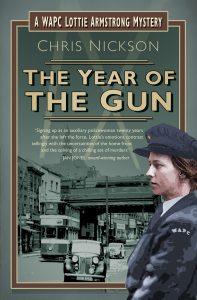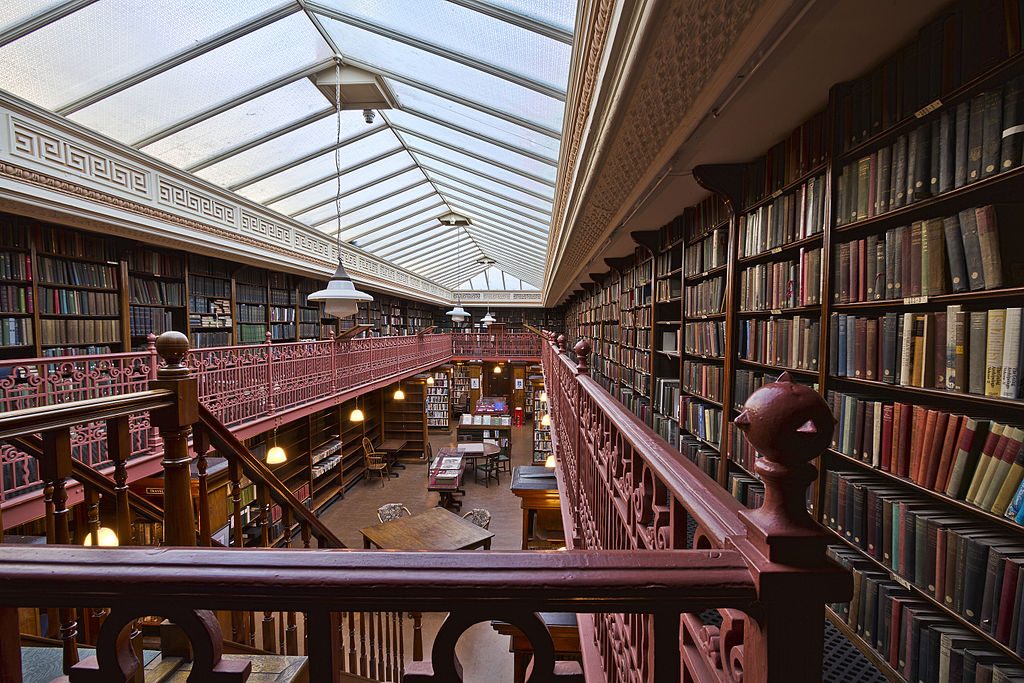This weekend is Heritage Open Days and you will be spoilt for choice. If you’re in Leeds, then Chris Nickson picks out a few of the must sees to help you make the most of the four days.
Heritage Days. A term to get any history buff, or anyone interested in Leeds’ past, rubbing their hands in anticipation. Four days when you can visit places free of charge, and learn a little. This year, as ever, there’s an embarrassment of riches on offer, including several new things but where to start?
 If you’re a newbie to Leeds history, begin at Leeds Minster at the bottom of Kirkgate – the oldest street we have. It’s ground zero. There’s been a church here since well before the Normans arrived, and going all the way back, it was an important centre. Be sure to see the Saxon cross inside, discovered in the rubble when the church was rebuilt in the 1830s. It’s actually pieced together from five crosses that once stood outside the church centuries ago, either as memorials or places to preach. This is where Leeds begins.
If you’re a newbie to Leeds history, begin at Leeds Minster at the bottom of Kirkgate – the oldest street we have. It’s ground zero. There’s been a church here since well before the Normans arrived, and going all the way back, it was an important centre. Be sure to see the Saxon cross inside, discovered in the rubble when the church was rebuilt in the 1830s. It’s actually pieced together from five crosses that once stood outside the church centuries ago, either as memorials or places to preach. This is where Leeds begins.
From there, head to Stank Hall Barn in Beeston, which has been standing since the 1400s. Now in the hands of volunteers who are preserving it, the building offers a small glimpse of what Leeds was like in medieval times.
Fast forward in time to Leeds Industrial Museum at Armley Mills and see what was one of the world’s largest woollen mills. By the end of the 19th century, places like this employed a significant amount of the city’s population. Then go to the mansion in Gott’s Park to see the rewards that came to those at the top of the food chain of industrialisation.
Round out a visit to industry with the Middleton Railway – the world’s oldest working railway – that brought coal down to the Aire from the mines.
 Of course, working people had their pleasures, too, and the 20th century brought films. The Hyde Park Picture House, opened in 1914, is our oldest, even if the movies are no longer silent. A quiet little gem of a place.
Of course, working people had their pleasures, too, and the 20th century brought films. The Hyde Park Picture House, opened in 1914, is our oldest, even if the movies are no longer silent. A quiet little gem of a place.
Tours of Makkah Masjid mosque and the Hindu Mandir temple, both in LS6, serve as modern reminders of the multicultural place Leeds has always been, while the Leeds Black History walk is an excellent way of learning about the long African presence here.
If you want to see the way people once died, both the grand and the paupers, join the tour at Beckett Street Cemetery, which includes the grave of Tom Maguire. Don’t know who he was? Google it.
What’s New?
A tour of Castleton Mill, a 19th century flax mill that stands by the canal looks fascinating, while a walk through the back-to-back streets of Harehills is a chance to look at the type of houses that were once ubiquitous homes for the working classes.
The Leeds Library, which is also open to view and very much worth seeing, has a display of old Leeds maps that are glorious snapshots of how Leeds has grown. And that growth truly is astonishing; 300 years ago only about 7,000 people lived here; now it’s 780,000.
But the real gem for me – and I know, I’m weird – is the 1851 Victorian Police Beat. A chance to quite literally walk in the footsteps of history. How can you resist?
Finally, there’s an exploration of the ‘Grand Quarter’ (horrible name, and how many quarters can any place have?) which dates back to the 1600s, looking back and into the future.
There are always too many things for a single weekend. Even pacing yourself, it can be a history overload. Pick up a leaflet, or go to www.heritageopendays.org.uk and book if necessary. Seriously, you won’t regret it.
Photos courtesy of Wikimedia Commons.
 Chris Nickson is the author of several historical crime novels set in Leeds. The Year of the Gun, is the second appearance of Lottie Armstrong.
Chris Nickson is the author of several historical crime novels set in Leeds. The Year of the Gun, is the second appearance of Lottie Armstrong.
1944: Twenty years after WPC Lottie Armstrong was dismissed from the Leeds police force, she’s back, now a member of the Women’s Auxiliary Police Corps.
Detective Chief Superintendent McMillan is now head of CID, trying to keep order with a depleted force as many of the male officers have enlisted. This hasn’t stopped the criminals, however, and as the Second World War rages around them, can they stop a blackout killer with a taste for murder?
Chris says, “I’d originally planned just one book about Lottie, but she was one of those characters who refused to let me go, so I picked up the traces of her life 20 years later, during World War II.”
The Year of the Gun was published by the History Press on 1 September 2017. You can order it here. You can read more about Lottie, Leeds and Chris from the blog tour which marked the launch.

